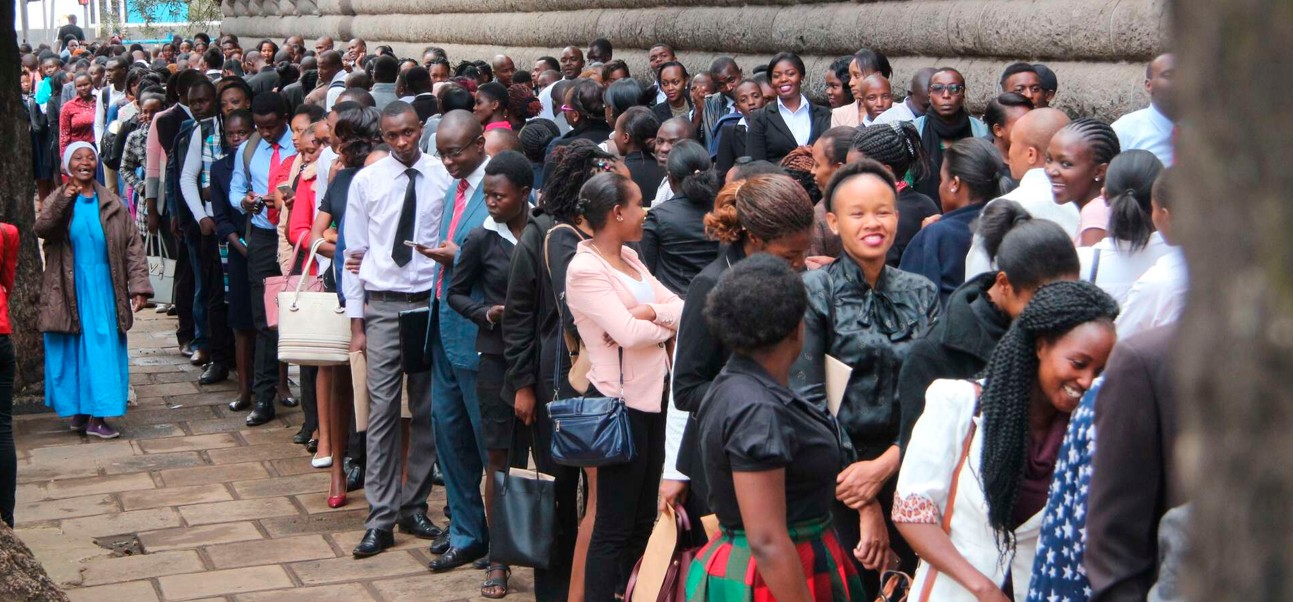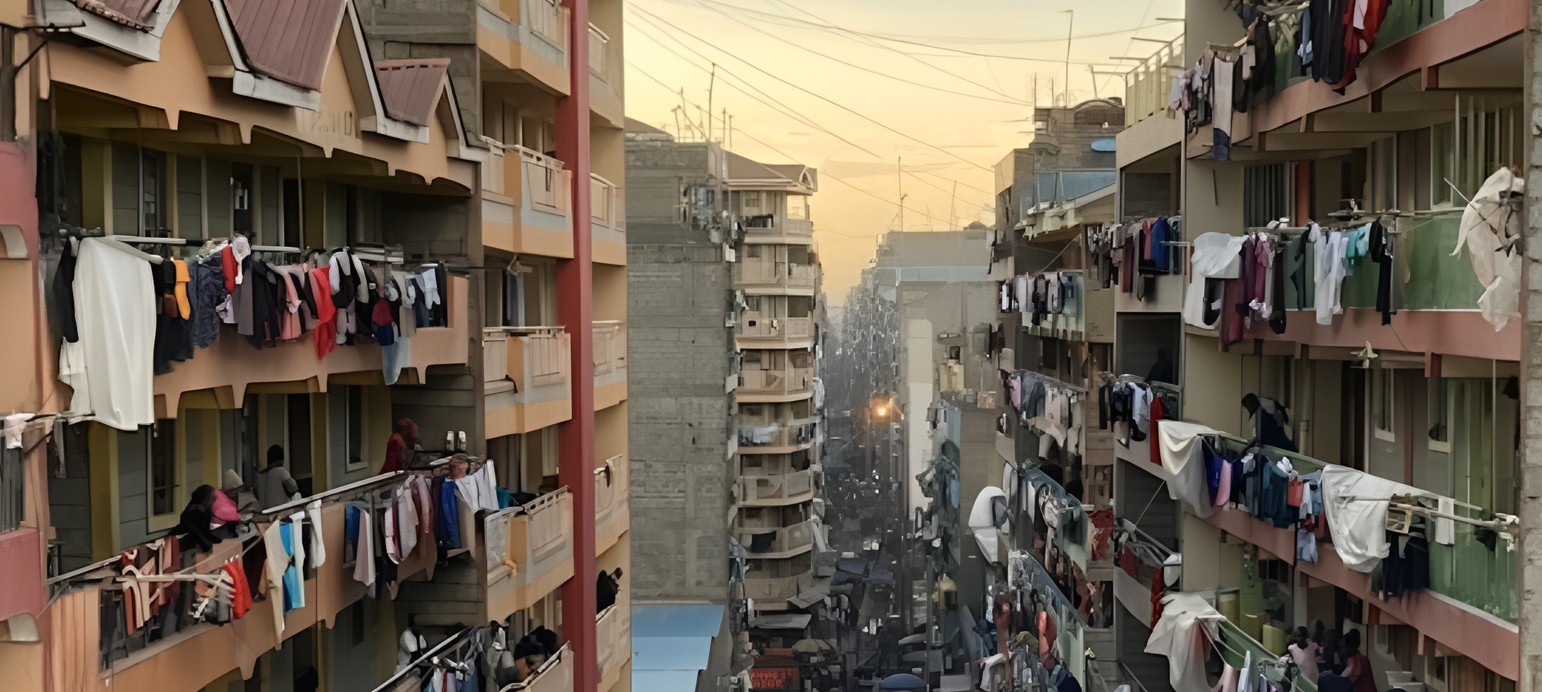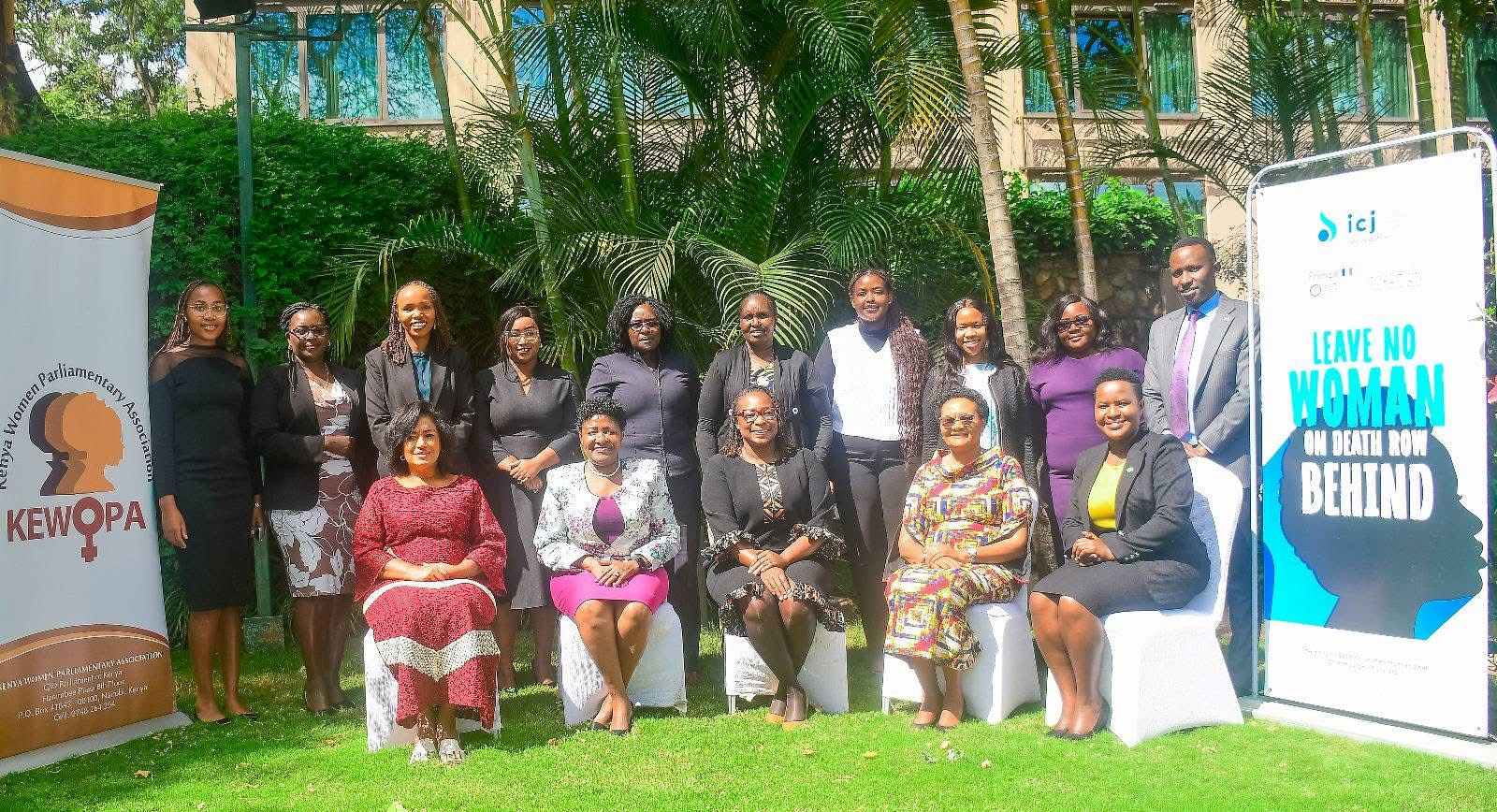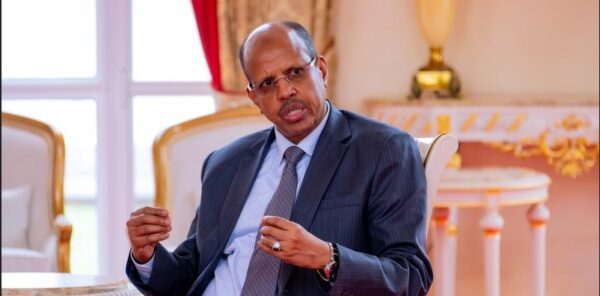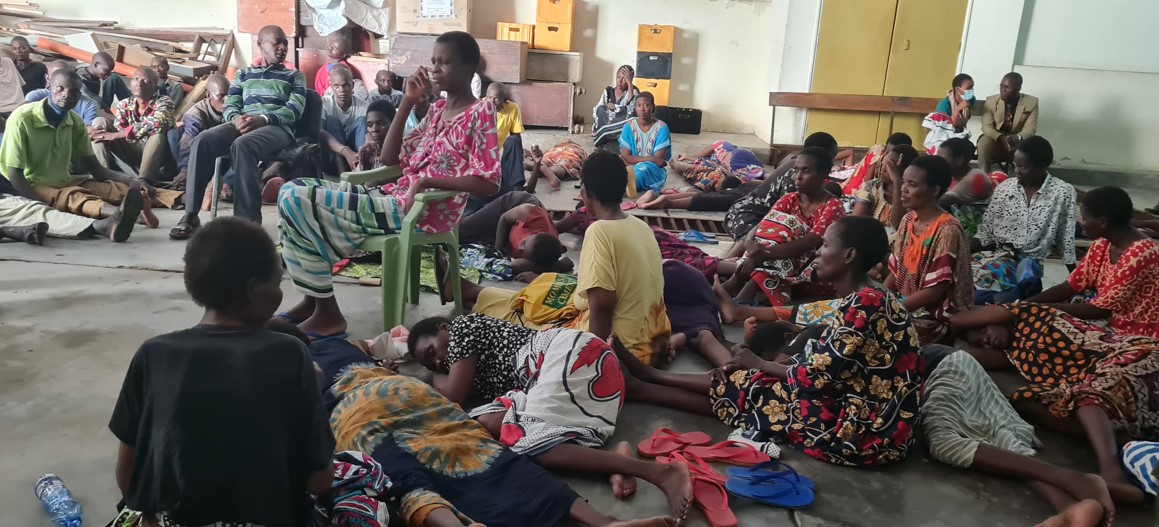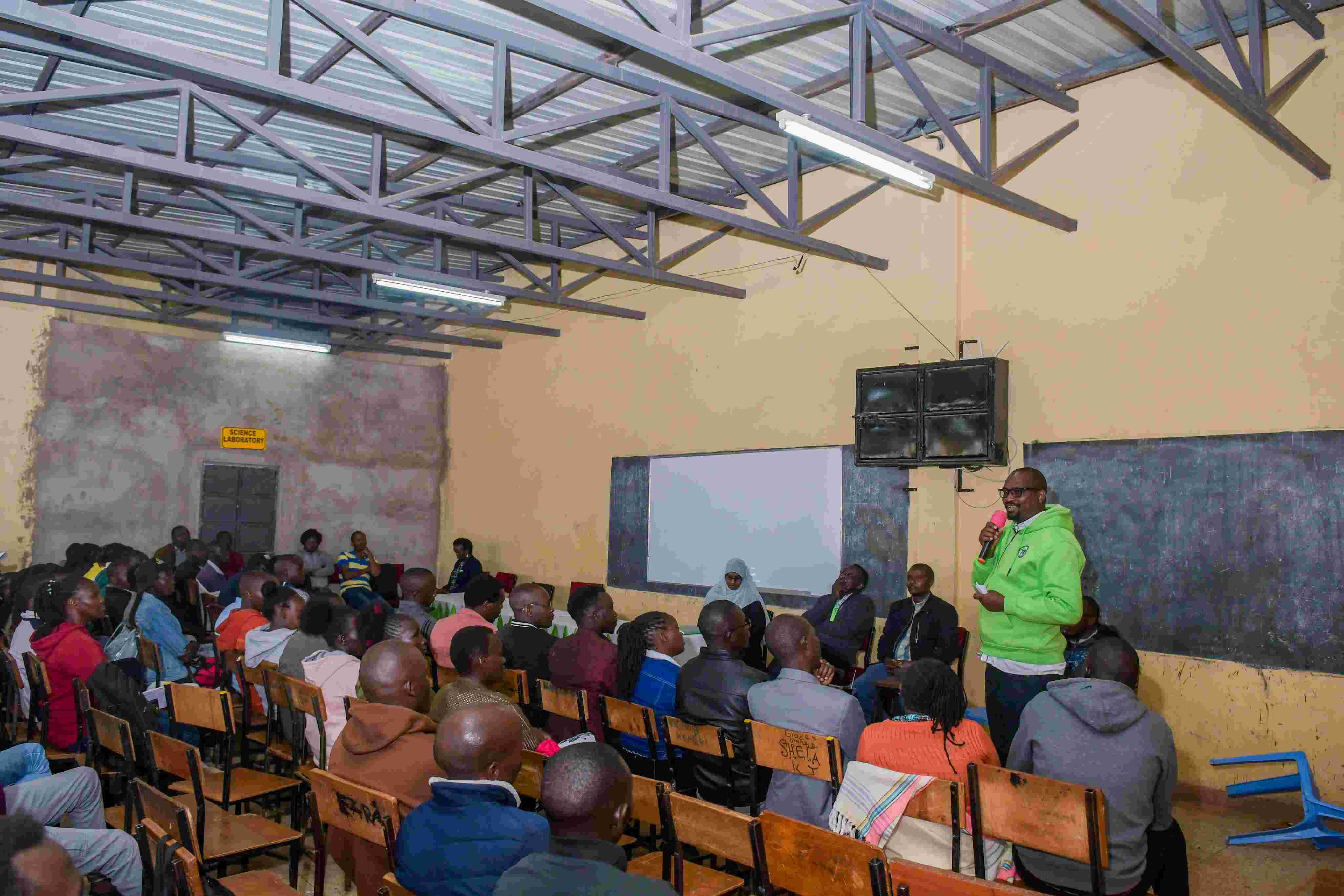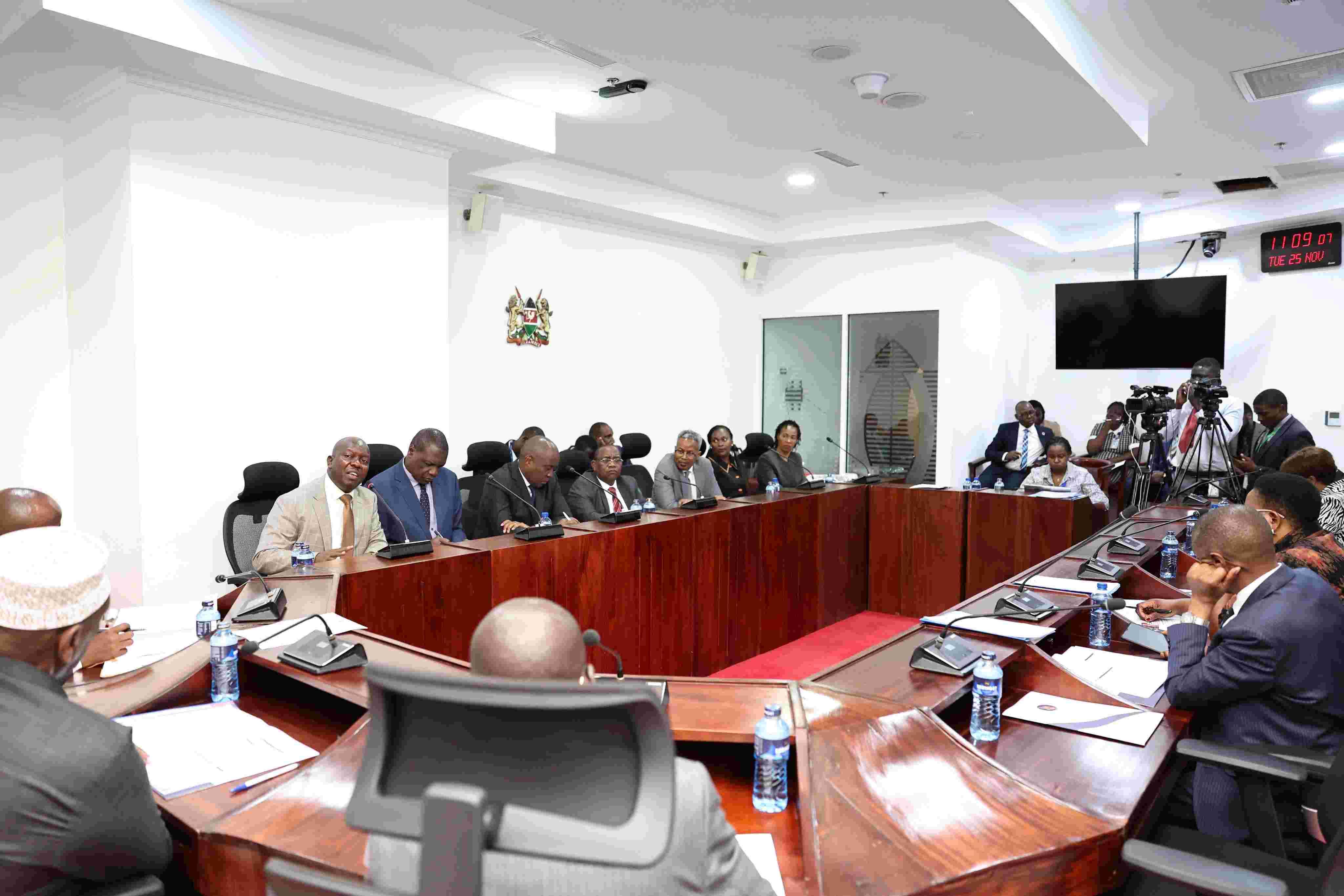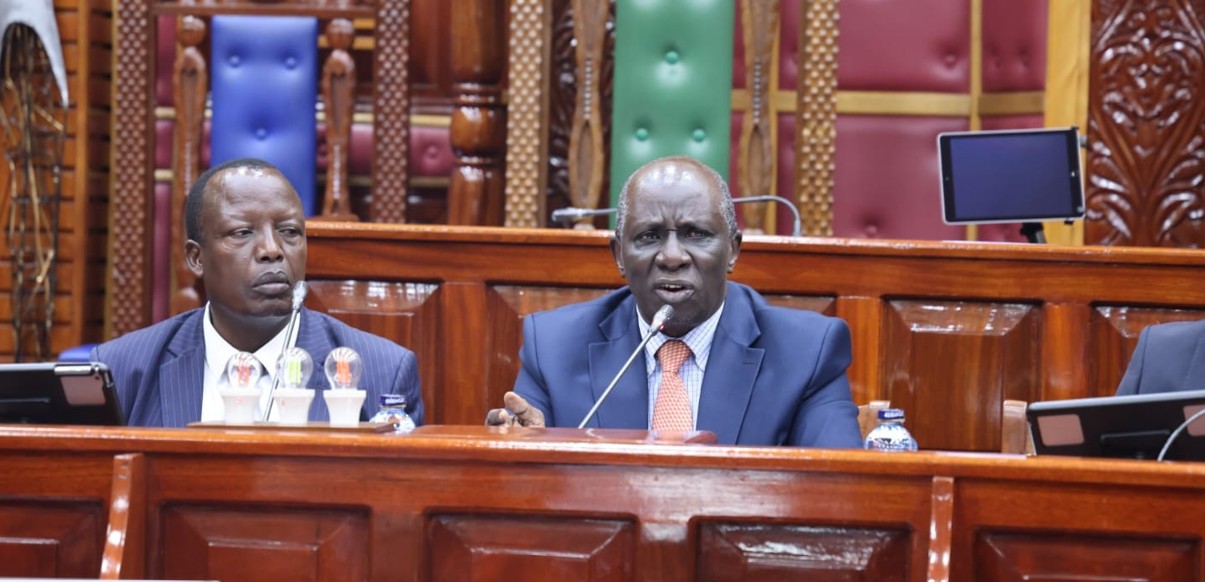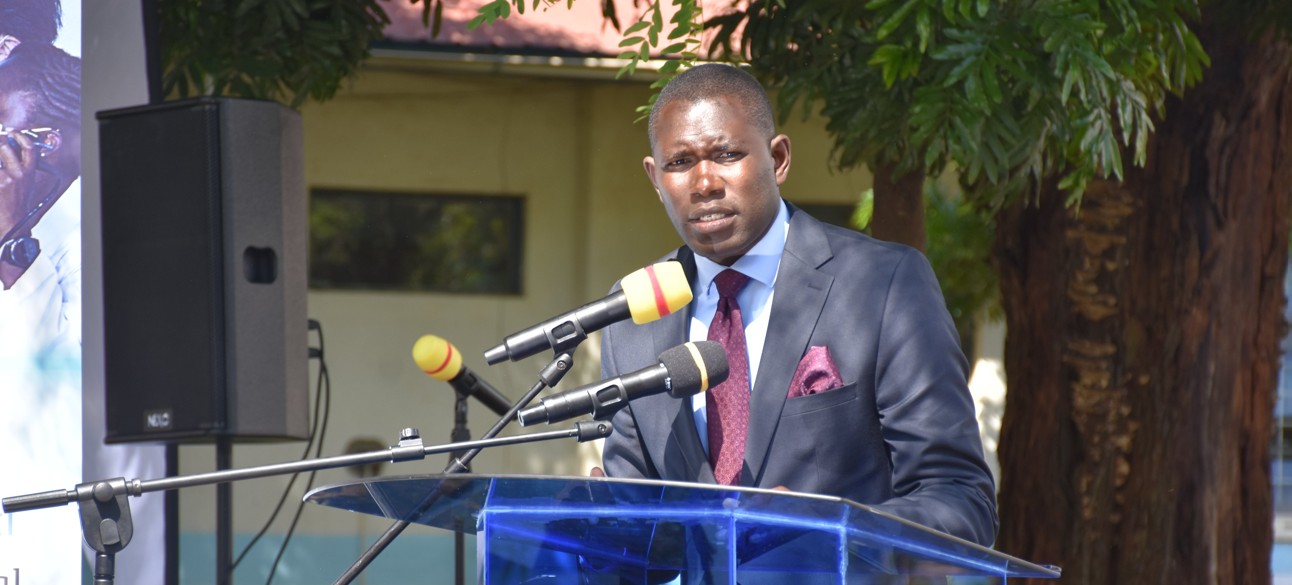World Bank upgrades Kenya’s growth outlook to 4.9 per cent, warns of elevated risks

The upward revision follows faster recovery in sectors previously weighed down by tight monetary policy, fiscal consolidation and policy uncertainty that dampened growth in 2024.
Kenya’s economic prospects have brightened, with the World Bank projecting an average growth rate of 4.9 per cent between 2025 and 2027.
The projection represents a notable upward revision from its earlier estimates.
More To Read
- World Bank sounds alarm as Kenya’s labour market weakens, wages fall and informal jobs surge
- Residents to receive Sh500 million compensation for Isiolo-Garbatulla-Modogashe road project
- Africa’s share of global extreme poverty rose by 30 per cent in 10 years - World Bank
- Revenue raise, prudent debt key to Africa’s 2026 upgraded growth prospects - IMF
- CBK targets Sh40 billion in new Treasury bond auction
- Africa lags in ID cards coverage as experts urge inclusive access
The global lender says the improved outlook reflects stronger-than-expected performance in the first half of 2025, particularly in construction.
Additionally, it notes that the upward revision follows faster recovery in sectors previously weighed down by tight monetary policy, fiscal consolidation and policy uncertainty that dampened growth in 2024.
Kenya’s economy slowed in 2024, expanding by 4.7 per cent compared to 5.7 per cent in 2023.
World Bank attributes the deceleration to tight monetary policy, ongoing fiscal consolidation, and heightened policy uncertainty following mid-2024 protests that subdued investment and business confidence.
However, quarterly data show encouraging signs. Growth rose from 4.2 per cent in Q3 2024 to 5.1 per cent in Q4, before settling at 4.9 per cent in the first half of 2025.
Sectoral performance in the first half of 2025 was mixed but largely positive.
Agriculture and the service sector remained dominant, each expanding by 5.2 per cent, although the latter slowed slightly from the previous year.
Industry registered a stronger rebound, growing by 3.5 per cent, up significantly from 0.3 per cent in H1 2024, supported by a revival in construction, increased cement production and improved activity across key subsectors.
Manufacturing, however, continued to lose momentum, growing by 1.6 per cent in H1-2025 compared with 2.5 per cent in the same period the previous year.
Fiscal vulnerabilities remain one of the biggest threats to Kenya’s economic trajectory.
“Ongoing fiscal challenges, including missed consolidation targets and high recurrent expenditures, remain a key source of vulnerability,” the World Bank said in the November economic update report for Kenya.
It reckons that progress in raising revenues and improving spending efficiency has been limited, and without more robust reforms, the country’s fiscal and debt pressures are likely to persist.
Looking ahead, the World Bank stresses that managing domestic and external risks, including climate shocks, global uncertainty, and persistent fiscal gaps, will be crucial to sustaining growth.
While Kenya has demonstrated resilience, the lender argues that combining more ambitious reforms with governance improvements and productivity-enhancing measures will be essential to secure a more stable and inclusive economic path.
Top Stories Today


